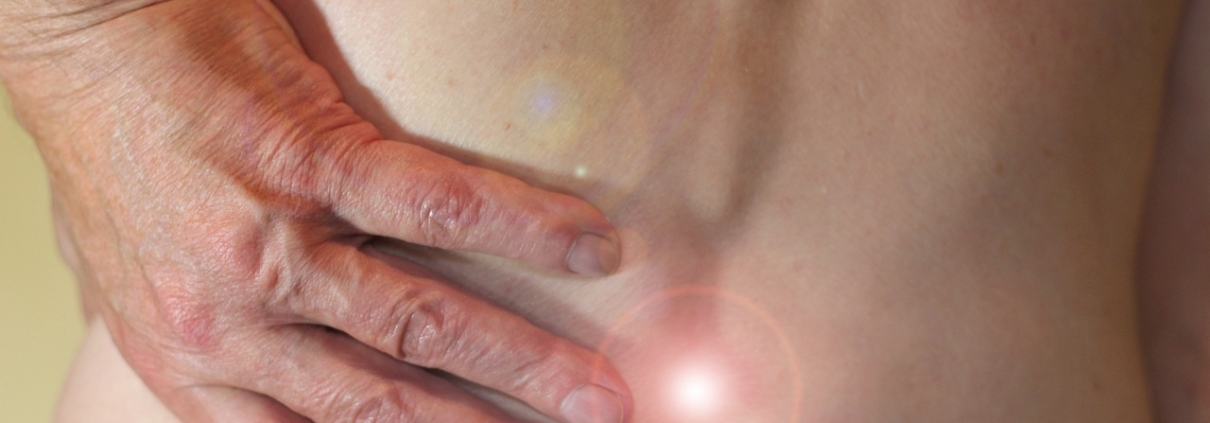Orthopaedic Surgery Innovations
Orthopaedic surgery has seen remarkable advancements in recent years, revolutionizing the way we approach musculoskeletal disorders and injuries.
From minimally invasive techniques to cutting-edge technologies, the field of orthopaedics is at the forefront of medical innovation. This article explores some of the groundbreaking developments that have transformed orthopaedic surgery, enhancing patient outcomes and redefining the standard of care.
Minimally Invasive Surgery:
Traditionally, orthopaedic surgeries involved large incisions, leading to extended recovery times and increased risks of complications. However, the advent of minimally invasive techniques has drastically changed the landscape of orthopaedic surgery. Procedures like arthroscopy enable surgeons to visualize, diagnose, and treat joint problems through small incisions, reducing tissue damage and promoting faster healing. This approach has become particularly popular in joint replacement surgeries, such as knee and hip replacements, allowing for shorter hospital stays and quicker rehabilitation.
3D Printing Technology:
The integration of 3D printing technology has opened new avenues in orthopaedic surgery. Customized implants and prosthetics can now be created based on a patient’s unique anatomy, enhancing the precision and fit of the devices. Surgeons can use 3D-printed models of a patient’s bones to plan and practice complex procedures before entering the operating room, improving surgical accuracy and reducing complications. This personalized approach has significantly improved the overall success rates of orthopaedic surgeries.
Robotics and Navigation Systems:
Robotic-assisted surgery has gained traction in orthopaedics, providing surgeons with enhanced precision and control. Robotic systems are employed in joint replacement surgeries, allowing for more accurate implant placement and alignment. Additionally, navigation systems use computer-assisted technology to guide surgeons during procedures, ensuring optimal outcomes. These technologies not only improve the surgeon’s capabilities but also contribute to faster recovery times and reduced postoperative pain for patients.
Biological Therapies:
The field of orthopaedic surgery has seen a surge in biological therapies aimed at promoting tissue regeneration and healing. Platelet-rich plasma (PRP) and stem cell therapies are being explored as alternatives to traditional treatments for conditions such as osteoarthritis and tendon injuries. These approaches harness the body’s natural healing mechanisms, accelerating the recovery process and potentially avoiding the need for more invasive interventions.
Smart Implants and Wearable Technology:
Advancements in materials science and technology have led to the development of smart implants equipped with sensors that monitor various parameters, such as load distribution and joint movement. These implants provide real-time data to both patients and healthcare providers, allowing for personalized treatment plans and early detection of potential issues. Additionally, wearable technology, such as smart braces and exoskeletons, aids in rehabilitation by providing feedback and support to patients recovering from orthopaedic surgeries.
The future if orthopaedic surgery
The landscape of orthopaedic surgery is continually evolving, driven by groundbreaking innovations that prioritize patient outcomes, minimize invasiveness, and enhance surgical precision. From 3D printing to robotics and biological therapies, these advancements are reshaping the future of orthopaedics.
As technology continues to progress, we can expect even more transformative developments that will further improve the quality of life for individuals with musculoskeletal conditions.
How we can help you
Cairn Technology supplies a range of handcrafted instruments for orthopaedic surgery that are warrantied for 30 years of use. To view the Stille range of orthopaedic surgical instruments click here.
Or if you are tired of getting wet feet during orthopaedic procedures, click here to take a look at our range of absorbent mats to help you quickly remove spills for rapid operating theatre turnaround.



